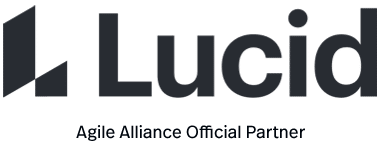“Card, Conversation, Confirmation”; this formula (from Ron Jeffries) captures the components of a User Story:
- a “Card” (or often a Post-It note), a physical token giving tangible and durable form to what would otherwise only be an abstraction:
- a “conversation” taking place at a different time and places during a project between the various people concerned by a given feature of a software product: customers, users, developers, testers; this conversation is largely verbal but most often supplemented by documentation;
- the “confirmation”, finally, the more formal the better, that the objectives the conversation revolved around have been reached.
Origins
- 2001: the Card, Conversation, Confirmation model is proposed by Ron Jeffries to distinguish “social” user stories from “documentary” requirements practices such as use cases




